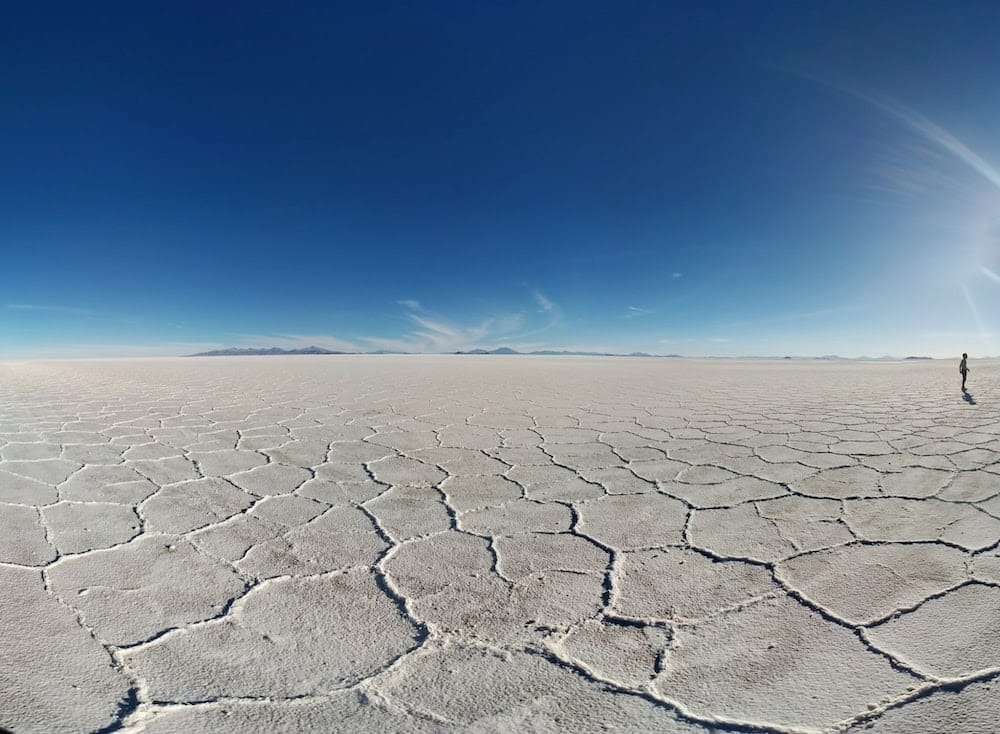
The sixth report of the IPCC, the Intergovernmental Panel on Climate Change, published in 2021, states that the scale of recent changes in the climate system as a whole is unprecedented in centuries and that there is no doubt that human influence has warmed the atmosphere, oceans and land. Prior to the IPCC, the first climate warnings were issued over fifty years ago:
1956: the report by Canadian researcher Gilbert Plass entitled “Carbon Dioxide and Climate” stated that, according to the latest calculations, if the carbon dioxide content in the atmosphere doubled, the earth’s surface temperature would rise by 3.6 °C.
1965: a Scientific Advisory Committee report commissioned by the President of the United States warned of the rapid melting of the Antarctic, rising sea levels and temperature changes that could be caused by rising CO2 emissions.

1971: MIT is responsible for two publications, the Man’s Impact on Climate report, which warns of the growing urgency to act before certain devastating forces are set in motion, forces we may be powerless to reverse, and the Meadows report, also entitled “Limits to Growth,” which warns of the risk of resource depletion, pollution or food problems if economic growth continues without regard to environmental costs.
1979: first international climate conference in Geneva, organized by the World Meteorological Organization and the United Nations Environment Program. A report by the US National Academy of Sciences predicted that, in the event of a doubling of CO2 levels by 2030, the most realistic models predicted global surface warming of between 2 °C and 3.5 °C.
1986: Shell Oil Group sets up a Greenhouse Task Force, which publishes a report stating that, at current rates of greenhouse gas emissions, significant climate change is inevitable and could lead to a sea-level rise of several meters by the 21st century.
1990: first IPCC report, predicting a probable rise in the global average temperature of around 1 °C above the 1990 value by 2025, and 3 °C by the end of the 21st century, as well as a rise in global average sea level of 20 cm by 2025 and 65 cm by 2100.
1995: First Conference of the Parties on Climate Change, COP1, in Berlin. Experts point out that several models indicate an increase in precipitation intensity, raising the possibility of more extreme rainfall events, and that rapid and sustained climate change could alter the balance between species, or even lead to forest dieback, which would alter the absorption and release of carbon on earth.

1997: COP3 leads to the signing of the Kyoto Protocol, which sets binding targets for the reduction of greenhouse gas emissions, with the aim of achieving a global reduction of at least 5% between 2008 and 2012, compared with 1990 levels. The protocol comes into force in 2005, pending ratification by at least 55 countries. The United States has not ratified it, and Canada withdrew in 2011.
2011: COP17 in Durban, South Africa, extends the validity of the Kyoto Protocol until 2020. The major greenhouse gas emitting countries agree to sign up to a global agreement to reduce their emissions, to be specified by 2015 and come into force in 2020.
2015: The Paris climate agreement adopted at COP21 provides for limiting the rise in temperature to below 2 °C, making every effort to keep it below 1.5 °C. These targets are to follow the Kyoto Protocol.




